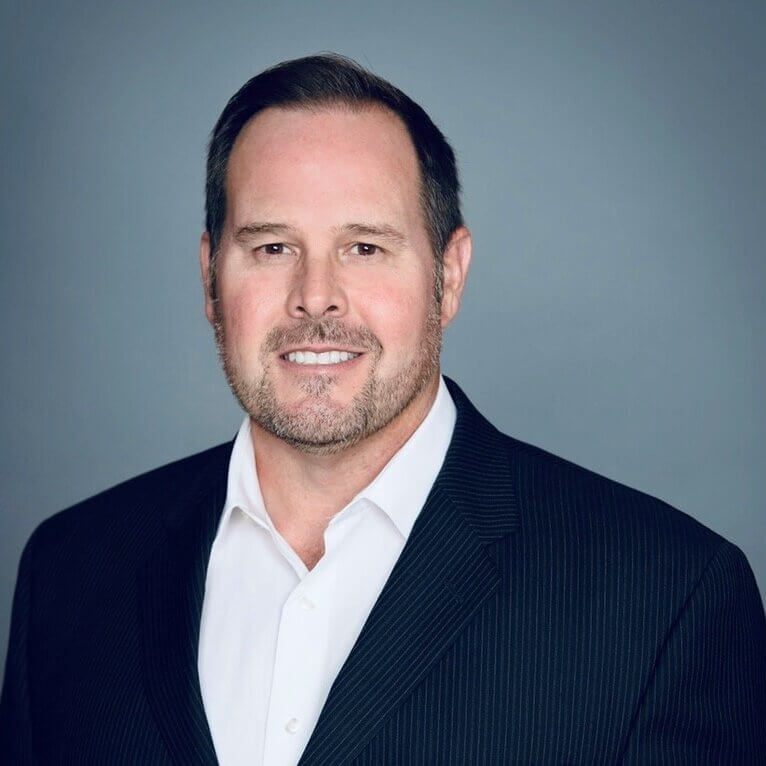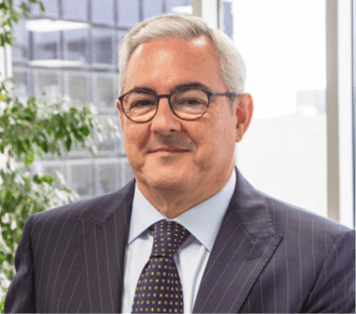We’re attending MarketsGroup’s 7th private equity San Francisco forum this October. Be on the lookout for Rachel Roth and Charlton Moore. They’re keen to meet industry peers to discuss sectors, due diligence, and private equity investment opportunities in the US and around the world.
Conference
7th Private Equity San Francisco Forum
Key contacts

Charlton Moore
United States
Sales Director, North America

Rachel Roth
United States
Managing Director, Sales and Relationship Management, Private Equity
More events
No related content found.
Conference
AM Tech Day
Patrick Giovansily is attending L’AGEFi AM Tech Day in Paris on October 8th. At Alter Domus we utilize AI technology within key aspects of our products and services, and know how to incorporate it effectively into day-to-day operations. Patrick will be sharing this expertise and is looking forward to learning about the latest trends and strategies in using AI for our clients’ advantage.
Key contacts

Patrick Giovansily
France
Director, Sales France
More events
No related content found.
Conference
SuperReturn CFO/COO
Patrick Mccullagh, Angela Summonte, and Tim Miller will be at Super Return CFO/COO conference in Amsterdam. Patrick will be moderating the panel: The 5 levers to optimize fund operations which takes place on day 2 of the conference at 9:40 AM. Tom will be speaking on a day 1 as part of the Data and Technology Summit. They look forward to being part of 300+ private equity firms and engaging with the latest news in the market.
Key contacts

Patrick McCullagh
United Kingdom
Managing Director, Sales, Europe & United States

Angela Summonte
Luxembourg
Group Director, Key Accounts

Tom Miller
United Kingdom
Director, Sales Real Estate
More events
No related content found.
Conferences
SuperReturn Asia
Jamie Loke is going to be at this year’s SuperReturn Asia in Singapore, September 24-27. She is looking forwards to networking with senior LPs and GPs and discuss opportunities. Be on the lookout for her and learn more about AD’s private capital services.
Key contacts

Jamie Loke
Singapore
Head of Sales and Relationship Management, SEA
More events
No related content found.
Conference
Finance and Operations Seminar
| We will be attending INREV’s Finance and Operations seminar in London this September 19th. Looking forward to connecting! |
Key contacts

Stephane Campori
Luxembourg
Director, Real Estate Europe

Tom Miller
United Kingdom
Director, Sales Real Estate
More events
No related content found.
Conference
Luxembourg Private Equity Seminar in Madrid
| We are attending LPEA’s Luxembourg Private Equity Seminar in Madrid this September 18th.Pablo Domenech will be moderating a panel and Vivek Belani is speaking on 3rd party AIFM services. Oscar Garcia, Enkela Kosturi, Bruno Bagnouls will also be there. Excited to discuss the trends within the PE & VC Spanish and Luxembourg markets. |
Key contacts

Oscar Garcia
Spain
Country Executive Spain

Bruno Bagnouls
Luxembourg
Head of SPV Solutions and Luxembourg Business Development Leader

Enkela Kosturi
Luxembourg
Director, Sales & Relationship Management
Conference
2024 BDC Roundtable
| Randy Reider and TJ Veneris will be heading to BDC Roundtable in Washington, DC this September 17-18. Connect with them there! |
Key contacts

Randall Reider
North America
Managing Director, Sales, North America
More events
No related content found.
Conference
Ipem Paris
| Join Patrick GIOVANSILY and Valentin Roose at this year’s IPEM Paris event. Looking forward to discussing matters on the investment demands in private capital. #IPEMParis2024 #privatecapital |
Key contacts

Patrick Giovansily
France
Director, Sales France
Valentin Roose
Belgium
Senior Manager, Sales & Relationship Management
More events
No related content found.
Conference
America East Small Lenders Conference
| This August 14-16th @John Budyak will be attending the America East Small Business Lenders Conference in New York. Connect with John to discuss your goals in the SBA lending space and explore our technology and services we provide. |
Key contacts

John Budyak
United States
Head of Credit Services, North America
More events
No related content found.
Conference
Private Equity Chicago Forum
| Join Jeff Piotrowski and David Traverso at the Private Equity Forum in Chicago this July 30-31st to talk more matters in the private equity investment opportunities all around the world. Looking forward to connecting! |
Key contacts

David Traverso
North America
Managing Director, Sales at Alter Domus North America
More events
No related content found.



